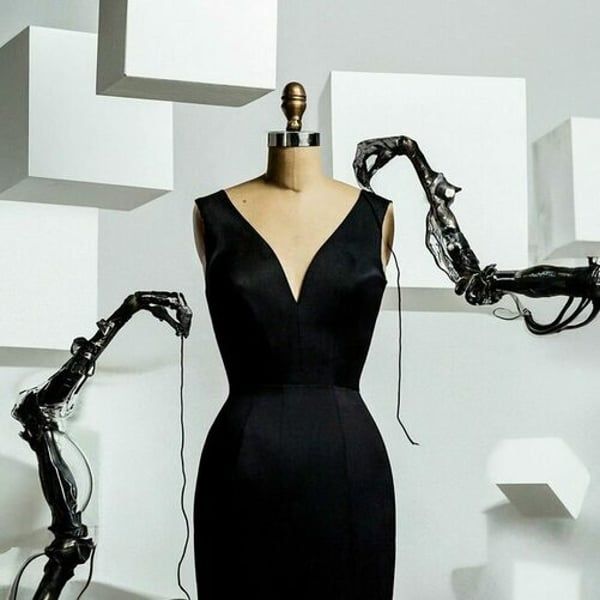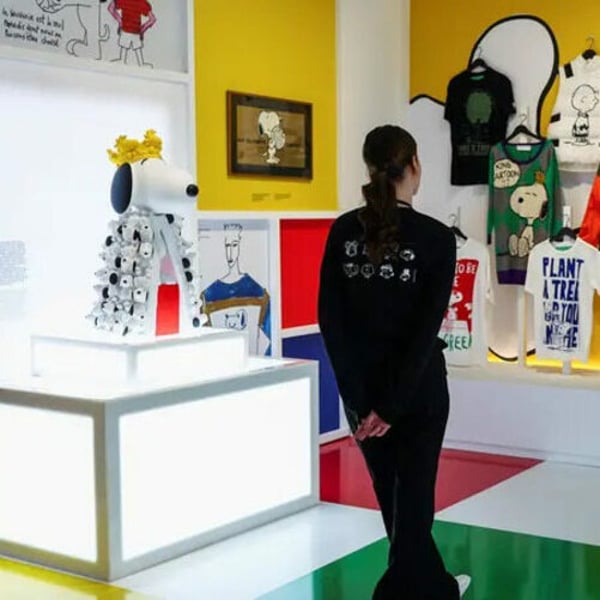Artificial intelligence cannot profitably replace most jobs right now, the Massachusetts Institute of Technology found in a study that sought to address fears that AI will replace humans in a number of industries.
In one of the first in-depth investigations into the feasibility of AI displacing the workforce, researchers modeled the economic attractiveness of automating various tasks in the United States, focusing on jobs where computer vision was used (e.g., teachers and property appraisers). They found that only 23% of workers, measured in terms of dollar wages, could be effectively supplanted. In other cases, because AI-assisted visual recognition is expensive to install and operate, humans did the job more economically.
AI adoption across industries accelerated last year after OpenAI's ChatGPT and other generative tools showed the technology's potential. Tech companies, from Microsoft Corp. and Alphabet Inc. in the U.S. to Baidu Inc. and Alibaba Group Holding Ltd. in China, launched new artificial intelligence services and accelerated development plans, at a pace that some industry leaders industry warned that it was recklessly fast. Fears about the impact of AI on jobs have long been a central concern.
“'Machines will steal our jobs' is a sentiment often expressed in times of rapid technological change. This anxiety has resurfaced with the creation of large language models,” researchers at MIT's Computer Science and Artificial Intelligence Laboratory said in the 45-page paper titled Beyond AI Exposure. “We found that only 23% of workers' compensation 'exposed' to AI computer vision would be profitable for companies to automate due to the large upfront costs of AI systems.”
Computer vision is a field of AI that allows machines to derive meaningful information from digital images and other visual inputs, and its most ubiquitous applications appear in object detection systems for autonomous driving or to help classify photographs. on smartphones.
The cost-effectiveness of computer vision is most favorable in segments such as retail, transportation and warehousing, all areas where Walmart Inc. and Amazon.com Inc. excel. It is also feasible in the context of healthcare, according to the MIT article. More aggressive deployment of AI, especially through AI-as-a-service subscription offerings, could expand other uses and make them more viable, the authors said.
The study was funded by the MIT-IBM Watson AI Lab and used online surveys to collect data on about 1,000 visually assisted tasks across 800 occupations. Today, only 3% of those tasks can be cost-effectively automated, but that figure could rise to 40% by 2030 if data costs decrease and accuracy improves, the researchers said.
The sophistication of ChatGPT and rivals like Google's Bard has reignited concerns about AI job-scrounging, as new chatbots show proficiency in tasks that only humans were previously capable of performing. The International Monetary Fund said last week that nearly 40% of jobs globally would be affected and that policymakers would have to carefully balance the potential of AI with its negative consequences.
At the World Economic Forum in Davos last week, many discussions focused on AI's displacement of the workforce. Co-founder of Inflection AI and Google's DeepMind, Mustafa Suleyman, said AI systems are “fundamentally tools that replace labor.”
A case study in the article looked at a hypothetical bakery. Bakers visually inspect ingredients to check quality daily, but that represents only 6% of their tasks, the researchers said. The time and salary savings resulting from the implementation of cameras and an artificial intelligence system are still far from the cost of a technological update of this type, they concluded.
“Our study examines the use of computer vision across the economy, examining its applicability to every occupation in nearly every industry and sector,” said Neil Thompson, director of the FutureTech Research Project at the Computer Science Laboratory. MIT Artificial Intelligence. “We show that there will be more automation in retail and healthcare, and less in areas like construction, mining or real estate,” he said by email.
Copyright © 2024 FashionNetwork.com All rights reserved.












